Contents
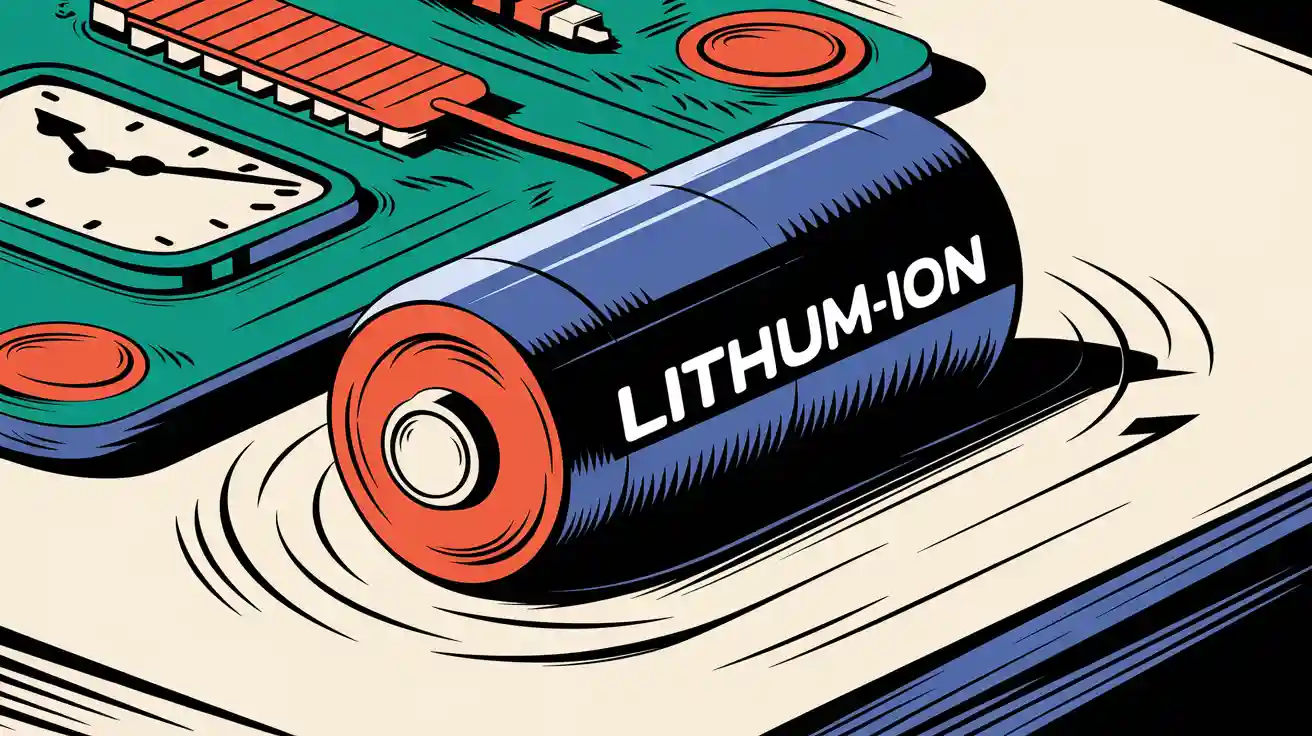
Float voltage refers to the specific voltage applied to a lithium battery once it is fully charged to maintain its capacity without overcharging. For most lithium-ion batteries, this voltage typically ranges between 3.35V and 3.9V per cell. Maintaining the correct float voltage is crucial. It prevents overcharging, which can lead to thermal runaway, and undercharging, which may cause capacity loss over time. Proper Lithium Battery Float Charging ensures consistent performance and extends the overall lifespan of your battery packs.
⚡ Tip: Always follow manufacturer-recommended voltage settings and use a battery management system (BMS) to ensure accuracy and safety.
Key Takeaways
Keep the float voltage between 3.35V and 3.9V per cell. This helps the battery stay healthy and avoids overcharging.
Use a battery management system (BMS) to check voltage levels. It keeps the battery safe while charging.
Check your battery system often. Change float voltage settings if the environment changes to make the battery last longer.
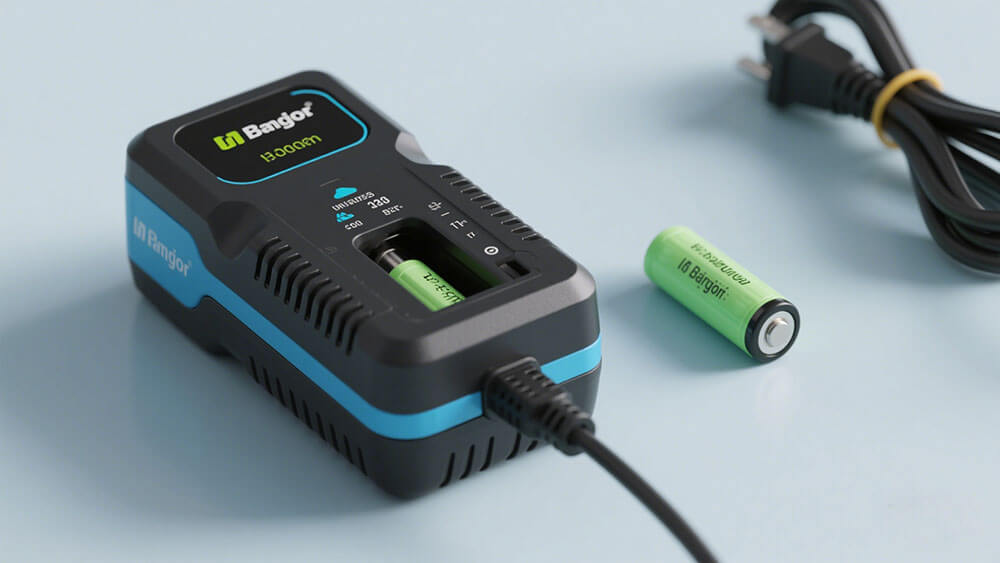
Part 1: Understanding Lithium Battery Float Charging
1.1 What Is Float Charging for Lithium Batteries?
Float charging is a specialized charging method designed to maintain the charge of lithium batteries once they reach full capacity. Unlike standard charging, which focuses on replenishing energy, float charging applies a lower, constant voltage to counteract the natural self-discharge of the battery. This ensures the battery remains fully charged without overcharging or causing damage.
For lithium batteries, the float voltage typically ranges between 3.35V and 3.9V per cell. This precise voltage range prevents overcharging, which could lead to thermal runaway, and undercharging, which might result in capacity degradation. Float charging is particularly useful in applications where batteries must remain in a ready-to-use state, such as backup power systems, medical devices, and security systems.
⚡ Note: Always use a battery management system (BMS) to monitor and regulate float charging. This ensures safety and optimal performance for lithium battery packs.
1.2 How Float Charging Differs for Lithium Batteries vs. Lead-Acid Batteries
Lithium batteries and lead-acid batteries require different approaches to float charging due to their distinct chemical compositions and voltage tolerances. The table below highlights the key differences:
Aspect | Lithium Batteries | Lead-Acid Batteries |
|---|---|---|
Float Voltage Range | 3.35V – 3.9V per cell | 2.2V – 2.3V per cell |
Voltage Sensitivity | Highly sensitive; requires precise control | Less sensitive; tolerates slight variations |
Self-Discharge Rate | Low | High |
BMS Requirement | Essential for safety and voltage regulation | Not mandatory |
Memory Effect | None | May require periodic deep discharges |
Lithium batteries demand stricter voltage control during float charging. Overcharging can lead to severe consequences, including overheating and reduced lifespan. In contrast, lead-acid batteries are more forgiving but require regular maintenance to prevent sulfation.
1.3 The Role of Float Charging in Battery Maintenance
Float charging plays a critical role in maintaining the health and longevity of lithium batteries. By compensating for self-discharge, it ensures that the battery remains fully charged and ready for use at all times. This is particularly important for applications like industrial equipment, robotics, and infrastructure systems, where uninterrupted power is essential.
Additionally, float charging minimizes the risk of deep discharge, which can permanently damage lithium batteries. It also reduces the need for frequent full charging cycles, thereby extending the overall lifespan of the battery pack. However, you should avoid prolonged float charging unless necessary, as it may accelerate aging in certain scenarios.
🌱 Sustainability Tip: Proper float charging practices contribute to sustainable energy usage by maximizing the efficiency and lifespan of lithium batteries. Learn more about sustainability efforts here.
For customized solutions tailored to your specific needs, explore Large Power custom battery solutions.

Part 2: Why the Ideal Float Voltage Matters
2.1 Effects of Incorrect Float Voltage on Lithium Battery Packs
Incorrect float voltage settings can significantly impact the performance and lifespan of lithium battery packs. When the voltage is too high, overcharging occurs, leading to thermal runaway and accelerated aging. Conversely, a voltage set too low fails to compensate for self-discharge, resulting in reduced capacity and inefficient operation.
Research highlights the importance of precise voltage control. For instance, reducing the charge voltage by just 0.10V below the standard 4.20V can double the cycle count of lithium batteries, effectively extending their lifespan. Additionally, maintaining a 50% state of charge has been shown to increase battery longevity by up to 130%. These findings underscore the critical role of float voltage in optimizing battery performance.
⚠️ Alert: Always use a battery management system (BMS) to monitor and regulate voltage levels. This ensures uniformity across cells and prevents imbalances that could compromise the battery pack.
2.2 Risks of Overcharging and Undercharging Lithium Batteries
Overcharging lithium batteries poses severe risks, including overheating, electrolyte decomposition, and potential fire hazards. It also accelerates capacity fade and increases internal impedance, reducing the battery’s efficiency. On the other hand, undercharging leads to insufficient energy storage and premature capacity loss, which can disrupt operations in critical applications like industrial systems or robotics.
Experimental studies reveal that temperature plays a pivotal role in these risks. Higher temperatures exacerbate degradation, while controlled environments help mitigate aging effects. Cell balancing techniques, integrated into advanced float chargers, further enhance safety by maintaining consistent voltage levels across all cells in a pack.
🌡️ Tip: When setting up a float charger, ensure it includes temperature compensation features to adapt voltage settings based on environmental conditions.
2.3 Long-Term Impacts on Battery Longevity
The ideal float voltage directly influences the long-term health of lithium battery packs. Proper float charging minimizes stress on the battery’s chemical structure, reducing the rate of capacity fade and extending its usable life. For example, lithium-ion batteries charged at optimal float voltage levels can achieve up to 5,000 cycles, depending on their chemistry.
Prolonged exposure to incorrect voltage settings accelerates wear and tear, leading to frequent replacements and higher operational costs. By investing in a high-quality float charger and adhering to manufacturer-recommended voltage parameters, you can maximize the lifespan of your lithium batteries while ensuring reliable performance.
For tailored solutions to optimize your battery systems, explore Large Power custom battery solutions.
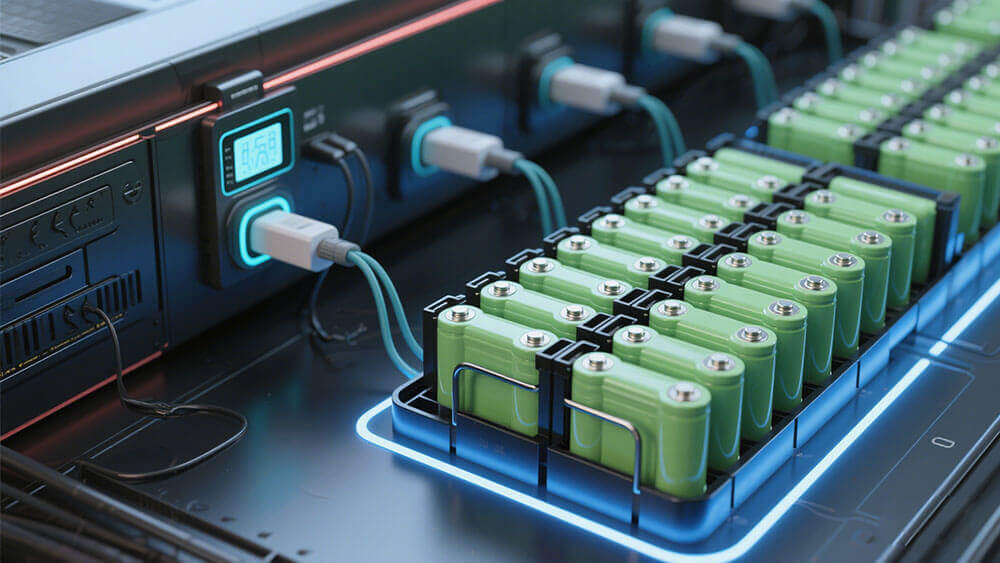
Part 3: Configuring Float Charging for Lithium Batteries
3.1 Selecting a Compatible Float Charger
Choosing the right float charger is essential for maintaining the health of lithium batteries. A compatible charger ensures precise voltage control, which is critical for preventing overcharging or undercharging. When selecting a charger, prioritize models designed specifically for lithium batteries. These chargers often include advanced features like temperature compensation and cell balancing, which enhance safety and performance.
For lithium iron phosphate (LiFePO4) batteries, a float voltage between 3.35 to 3.45 volts per cell DC is recommended. Many OEMs suggest 3.4 volts per cell as an optimal balance between capacity retention and battery longevity. For applications requiring extended service life, a float voltage of 3.35 volts minimizes cell degradation. Always consult the battery manufacturer’s specifications to ensure compatibility.
⚡ Tip: Invest in chargers with integrated battery management systems (BMS) to monitor voltage and temperature in real time.
3.2 Setting Voltage Parameters on Float Chargers
Configuring the correct float voltage is a critical step in float charging. Begin by identifying the recommended voltage range for your lithium battery chemistry. For example, lithium-ion batteries typically require a float voltage between 3.8 and 3.9 volts per cell. Adjust the charger settings to match these parameters, ensuring precise control to avoid overcharging or undercharging.
Modern float chargers often include programmable settings, allowing you to fine-tune voltage levels. Use these features to align with the specific requirements of your battery pack. Regularly verify the settings to maintain consistency and prevent deviations that could harm the battery.
🌡️ Note: Temperature fluctuations can impact voltage requirements. Use chargers with temperature compensation to adapt to environmental changes.
3.3 Verifying Charger Output for Lithium Batteries
Verifying the output of your float charger ensures it delivers the correct voltage and current for your lithium batteries. Regular testing prevents issues like uneven cell charging or voltage imbalances. Use tools like multimeters or advanced diagnostic equipment to measure the charger’s output.
Studies highlight the importance of rigorous testing protocols. For instance, the “Developing Extreme Fast Charge Battery Protocols” study validates charger performance through experimental analysis. Similarly, “Impedance-Based Forecasting of Lithium-Ion Battery Performance” emphasizes using electrochemical impedance spectroscopy (EIS) to optimize charging protocols. These methods ensure your charger operates within the specified parameters, safeguarding battery health.
Study Title | Description |
|---|---|
Developing Extreme Fast Charge Battery Protocols | Validates charger performance through experimental testing and analysis. |
Impedance-Based Forecasting of Lithium-Ion Battery Performance | Highlights EIS as a tool for optimizing charging protocols. |
Charging Protocols for Lithium-Ion Batteries and Their Impact on Cycle Life | Evaluates how charging strategies affect battery cycle life. |
🔍 Pro Tip: Schedule periodic inspections of your charger’s output to ensure consistent performance and extend the lifespan of your lithium batteries.
For tailored solutions to optimize your float charging setup, explore our custom battery solutions.
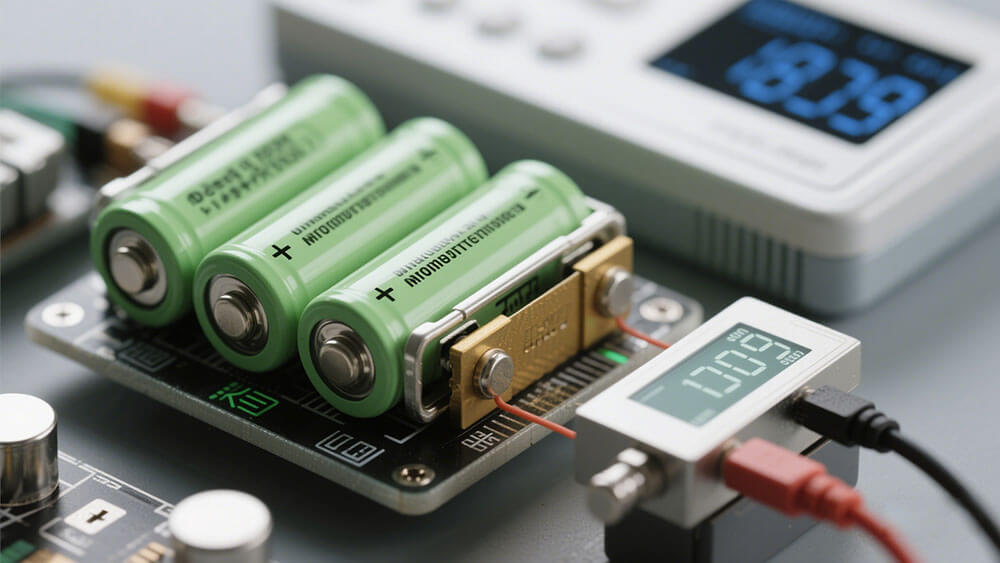
Part 4: Environmental Factors Affecting Float Charging
4.1 Temperature’s Impact on Float Voltage Settings
Temperature plays a critical role in the performance of lithium batteries during float charging. Extreme temperatures can disrupt the chemical balance within the battery, leading to reduced efficiency and potential damage. High temperatures accelerate aging, while low temperatures increase internal resistance, making it harder for the battery to charge effectively.
For optimal results, you should maintain a controlled environment when using a float battery system. The ideal temperature range for most lithium batteries is between 20°C and 25°C (68°F to 77°F). Outside this range, the float voltage may need adjustment to prevent overcharging or undercharging. Advanced chargers with temperature compensation features automatically adapt voltage settings to match environmental conditions, ensuring consistent performance.
🌡️ Tip: Always monitor the ambient temperature where your float battery system operates. This helps you avoid unnecessary strain on the battery.
4.2 Adjusting Float Voltage for Extreme Conditions
In extreme conditions, you must adjust float voltage settings to protect lithium batteries. Charging below 0°C (32°F) can cause lithium plating, which degrades battery performance and safety. Advanced chargers prevent charging at freezing temperatures to avoid this issue. Specialty lithium cells can charge at low temperatures but require reduced rates and voltages, such as 4.00V per cell instead of the standard 4.20V.
Key guidelines for extreme conditions:
Avoid charging below 0°C unless using specialty cells.
Use reduced currents (e.g., 0.02C) for temperatures as low as -30°C (-22°F).
Invest in chargers with built-in safeguards for temperature extremes.
By following these best practices, you can minimize risks and extend the lifespan of your float battery system.
4.3 Monitoring Environmental Effects on Lithium Battery Performance
Monitoring environmental factors is essential for maintaining the efficiency of float charging systems. Data from field studies highlights the importance of tracking temperature, humidity, and other conditions that impact lithium battery performance. For example, greenhouse gas emissions and energy consumption during the battery lifecycle can influence operational efficiency.
Evidence Description | Key Insights |
|---|---|
Environmental impacts of lithium-ion battery supply chain | Highlights greenhouse gas emissions and energy consumption throughout the supply chain. |
Importance of recycling | Discusses how recycling can reduce primary supply requirements and environmental burdens. |
Need for reliable data | Emphasizes the necessity of primary data on material and energy consumption for quantifying environmental impacts. |
Tracking GHG emissions | Stresses the importance of tracking upstream GHG emissions to identify reduction measures. |
Regularly inspect your float battery system to ensure it operates within safe environmental parameters. Use diagnostic tools to measure voltage and temperature, and adjust settings as needed. These steps will help you maintain optimal performance and extend battery life.
🔍 Pro Tip: Implement a monitoring system to track environmental changes and their effects on your float charging setup.
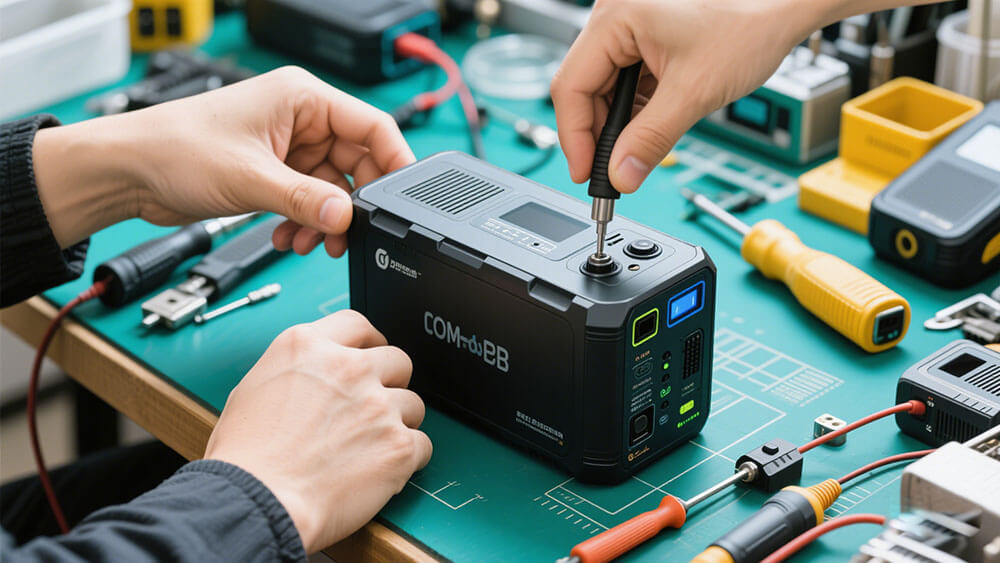
Part 5: Best Practices for Lithium Battery Longevity
5.1 Regular Maintenance and Voltage Checks
Regular maintenance and voltage checks are essential for prolonging the lifespan of lithium batteries. Monthly inspections help you identify potential issues early, such as overcharging or uneven cell balancing. Avoiding full discharge is equally important, as it prevents permanent capacity loss and ensures consistent performance.
Set the float voltage within the recommended range of 13.4V to 13.6V for 12V lithium batteries. Deviating from this range can lead to reduced battery life and uneven cell performance. Monitoring charging habits and adjusting them based on operational needs also contributes to battery health. The table below highlights key maintenance practices:
Maintenance Practice | Importance |
|---|---|
Avoid Full Discharge | Prevents permanent capacity loss and reduces battery power. |
Prevent Overcharging | Minimizes internal resistance and prolongs battery life. |
Monitor Charging Habits | Adjusts charging based on daily needs to maintain battery health. |
Regular Inspection & Maintenance | Ensures peak performance and longevity through monthly checks. |
🔍 Pro Tip: Use diagnostic tools like multimeters to verify voltage levels during inspections.
5.2 Using Smart Chargers with Adaptive Float Modes
Smart chargers with adaptive float modes are invaluable for maintaining lithium batteries. These chargers adjust voltage and current during bulk, absorption, and float phases, ensuring precise control. Multi-stage charging prevents overcharging and sulfation, which can degrade battery performance. For example, temperature-compensated chargers automatically adapt to environmental changes, protecting the battery in extreme conditions.
“Marine batteries demand precision—voltage spikes as small as 0.5V can halve lithium battery cycles. Redway’s 2023 study showed 68% of AGM failures stem from improper float charging.” This highlights the importance of using advanced chargers with adaptive features.
⚡ Tip: Invest in chargers with built-in temperature compensation to extend battery lifespan.
5.3 Optimal Storage Conditions for Lithium Battery Packs
Proper storage conditions significantly impact the longevity of lithium battery packs. Store batteries at an optimal temperature of 59°F (15°C) and maintain a charge level of around 40%. Avoid leaving batteries in a 100% charge state for extended periods, as this accelerates aging. Recharging every three months helps preserve capacity and prevents deep discharge.
Controlled environments with stable temperature and humidity levels are crucial. Extreme temperatures can cause irreversible capacity loss or internal damage. For long-term storage, ensure the batteries are kept in a cool, dry place away from direct sunlight or heat sources.
For customized solutions tailored to your lithium battery needs, explore Large Power custom battery solutions.
Setting the correct float voltage ensures your lithium batteries perform efficiently and last longer. Regularly monitor voltage levels and use a compatible charger with temperature compensation. Follow these steps:
Inspect your battery system monthly.
Use a BMS for precise voltage control.
Store batteries in optimal conditions.
⚡ Reminder: Always follow manufacturer guidelines to avoid unnecessary risks and extend battery life.
FAQ
1. What is the recommended float voltage for lithium-ion batteries?
The ideal float voltage for lithium-ion batteries ranges between 3.8V and 3.9V per cell or 3.35V to 3.45V per cell of LiFePO4 batteries. Always consult your battery manufacturer for specific recommendations.
⚡ Tip: Use a charger with precise voltage control to avoid overcharging or undercharging.
2. Can you use a lead-acid charger for lithium batteries?
No, lead-acid chargers are incompatible with lithium batteries. They lack the precise voltage control and safety features required for lithium battery chemistry.
3. How often should you check float voltage settings?
You should inspect float voltage settings monthly. Regular checks ensure the charger operates within the recommended range, preventing damage to your lithium battery pack.
🔍 Pro Tip: Use a multimeter to verify voltage accuracy during inspections.
For customized solutions tailored to your lithium battery needs, explore Large Power custom battery solutions.





